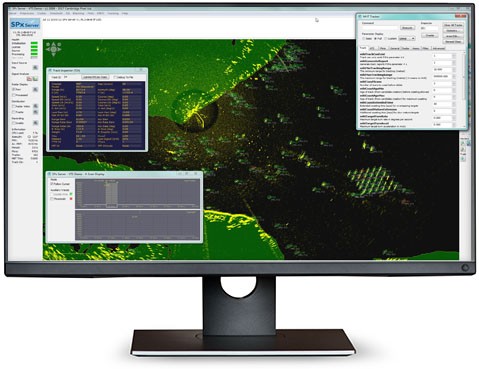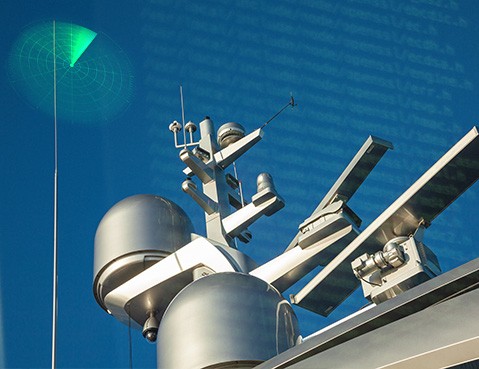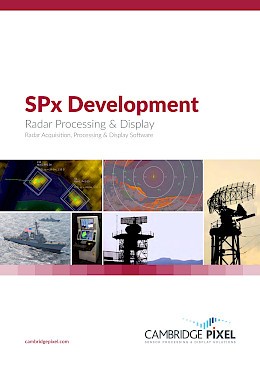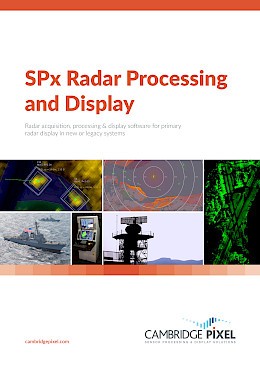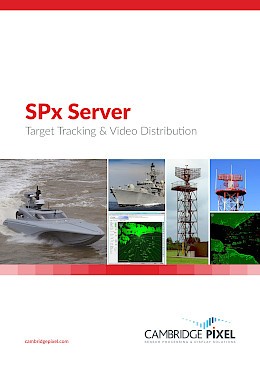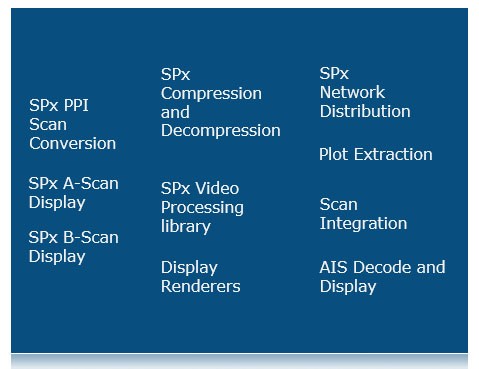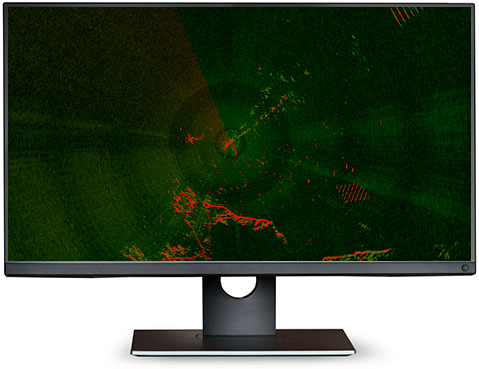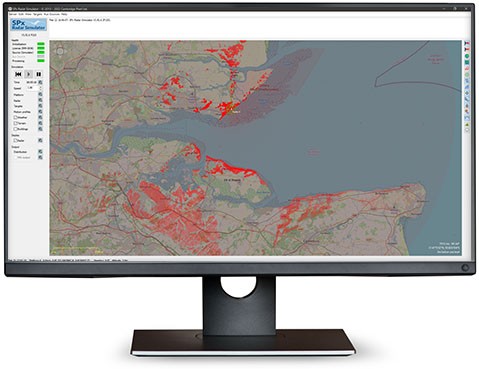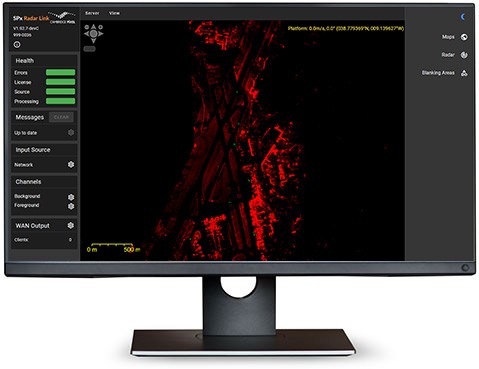Compression Standards
SPx supports radar video compression through the ORC (Open Radar Coding) format, which is Cambridge Pixel's own open-standard for radar video coding and network distribution and ZLIB, which is a widely used compression standard based on the Lempel-Ziv compression standard. SPx uses both ZLIB and ORC to implement low-latency, lossless compression of radar video for recording or network distribution. ZLIB generally achieves a higher level of compression than ORC, at the expense of slightly more CPU time for compression and decompression.
If desired, other SPx processing modules can be used ahead of the compression process to improve the compression ratio, at the expense of some signal loss.
Using SPx Compression Modules
You can add radar compression into your application software by using the standard classes from the SPx Development Library to compress and decompress radar video. For example, radar manufacturers looking to add network distribution can use ORC or ZLIB compression to provide lossless encoding of the video. The supporting client-side classes provide easy-to-use capabilities to receive and decompress the video, which may then be made available to application software, or to more SPx processing and display modules.
Other Radar Video Distribution Options
Alternatively, you can use the ready-made SPx Server application to deliver radar video from a point of acquisition to multiple display consoles. SPx software can be used on the client side if required. Everything in SPx is open, so you are free to select where you want to interface.
For radar video distribution over low bandwidth or unreliable data links, RadarLink provides a client-server software solution.



